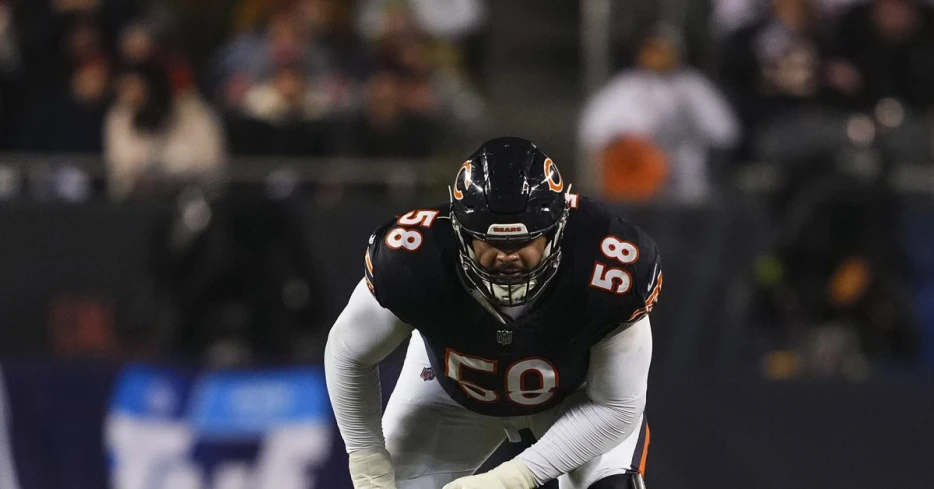
 Windy City Gridiron
Windy City Gridiron
Teams that build through the draft need to invest heavily in the offensive line to find quality players. So why don’t they do it more often? Also, what’s up with arm length?
Assessing how teams handle the offensive line in the draft can be an exercise in frustration, because at times it is one position that is drafted agnostically and at other times it is ultra-specific. Of the 399 drafted players for whom a college position was readily verifiable, 89 of them changed positions for at least a season in the NFL (22%), and that doesn’t even count the players who were at least two positions in college (for example, tackle and guard) who then settled into one of those positions more or less in the professional game. While many of those shifts were the stereotypical “tackle becomes a guard”, there were also guards moving to center (or vice versa), tackles moving to center, and even a few guards and centers moving out to tackle. There were also two defensive linemen moving over to offensive tackle.
Offensive line selections are interesting in that alone among position groups, picks spent here produce more regular starters than reliable contributors. Teams spent about 17% of their total draft picks on the offensive line, which represents underinvestment in terms of total starters needed, in that the offensive line represents roughly 23% of a team’s starters. There is another explanation, though, and it has to do with why for this article I am considering offensive line drafts as a single position–removing 7th-round picks (which across the board are more often dart throws than anything else), there are roughly 36 offensive line selections per draft class, or almost exactly one per team. More investment than this is sometimes called for, but because offensive lines need to play as a unit, bringing in multiple rookies is probably contraindicated except under the most dire circumstances. Hence, investing more than 1 pick per class per team would be difficult. From that sense, on average teams are probably already “red-lining” their investment in the offensive line.
Of note, while 70% of first-round selections in the overall draft go on to be regular starters, a whopping 87% of first-round offensive line selections carry the same distinction. By contrast, 39% of all first-round picks will become a star, but only 31% of first-round offensive linemen. Only 40% of second- and third-round selections become regular starters, but 57% of offensive linemen selections do so (yet 14% of Day Two players become stars while only 11% of Day Two offensive linemen do so). Added with the low share of draft capital spent relative to the number of starters needed, this suggests that the NFL under-drafts offensive linemen and retains them as starters at a higher rate than other positions. However, offensive linemen are less likely to earn honors in their first five years.
The simplest explanation for this, and one that is validated anecdotally, is that offensive lines are more likely to...